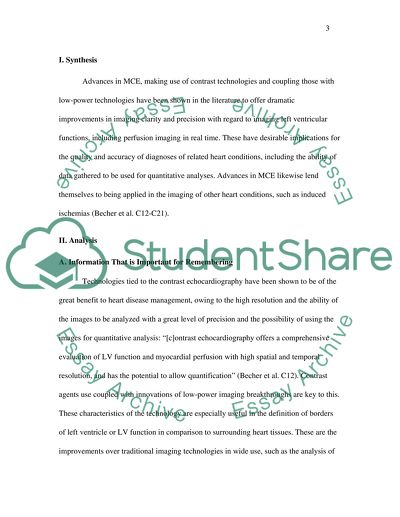Cite this document
(“Diagnostic impact of contrast echocardiography for assessment of left Essay”, n.d.)
Diagnostic impact of contrast echocardiography for assessment of left Essay. Retrieved from https://studentshare.org/health-sciences-medicine/1459600-diagnostic-impact-of-contrast-echocardiography-for
Diagnostic impact of contrast echocardiography for assessment of left Essay. Retrieved from https://studentshare.org/health-sciences-medicine/1459600-diagnostic-impact-of-contrast-echocardiography-for
(Diagnostic Impact of Contrast Echocardiography for Assessment of Left Essay)
Diagnostic Impact of Contrast Echocardiography for Assessment of Left Essay. https://studentshare.org/health-sciences-medicine/1459600-diagnostic-impact-of-contrast-echocardiography-for.
Diagnostic Impact of Contrast Echocardiography for Assessment of Left Essay. https://studentshare.org/health-sciences-medicine/1459600-diagnostic-impact-of-contrast-echocardiography-for.
“Diagnostic Impact of Contrast Echocardiography for Assessment of Left Essay”, n.d. https://studentshare.org/health-sciences-medicine/1459600-diagnostic-impact-of-contrast-echocardiography-for.


